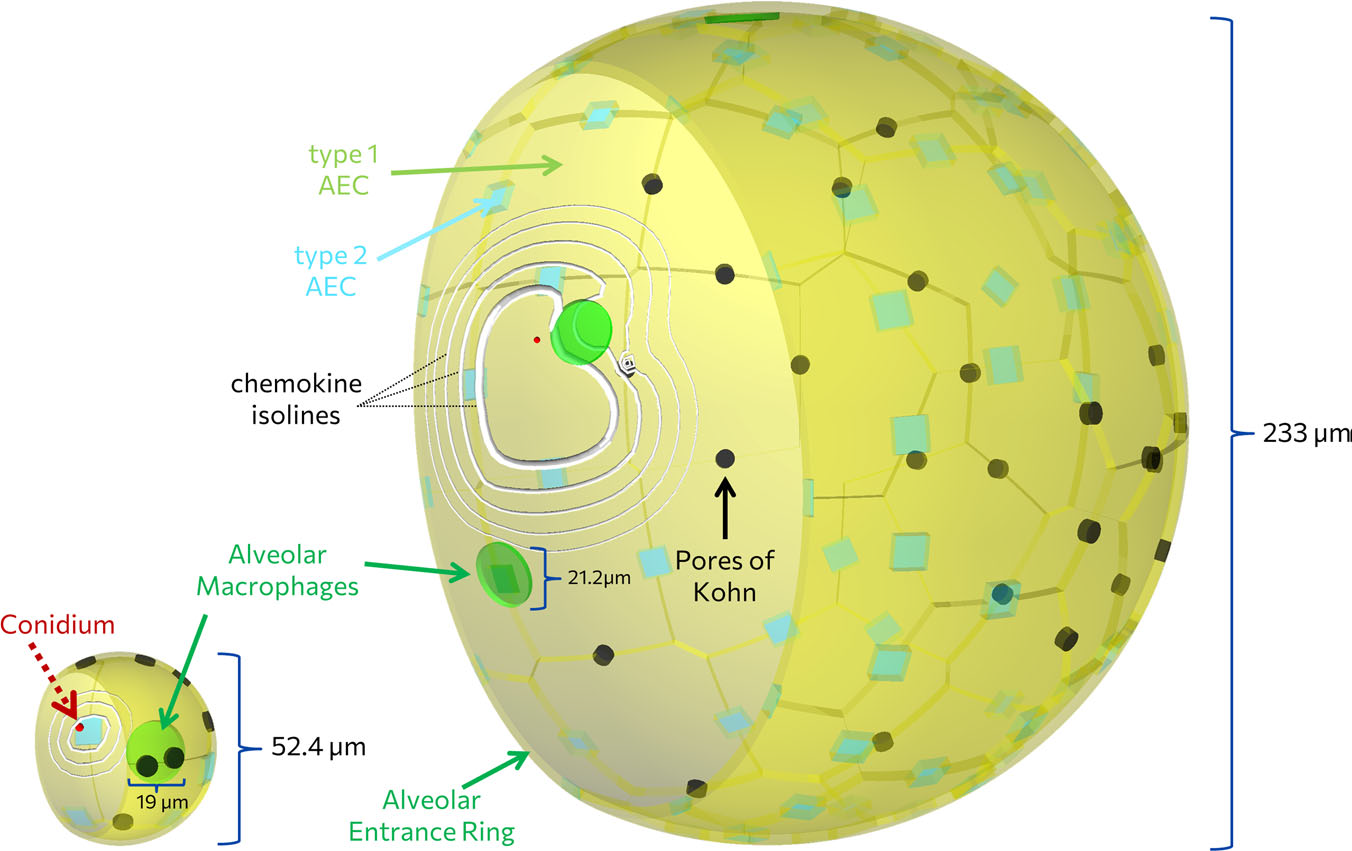Alveolar macrophages are among the first cells to come into contact with inhaled fungal conidia of the human pathogenic fungus Aspergillus fumigatus. In lung alveoli, they contribute to phagocytosis and elimination of conidia. As a counter defense, conidia contain a grey-green pigment allowing them to survive in phagosomes of macrophages for some time. Previously, we showed that this conidial pigment interferes with the formation of flotillin-dependent lipid-rafts in the phagosomal membrane thereby preventing the formation of functional phagolysosomes. In this study, the role of the lipid raft-associated protein stomatin in macrophages during antifungal defense was investigated. To determine the function of this integral membrane protein, a stomatin-deficient macrophage cell line was generated by CRISPR/Cas9 gene editing. Immunofluorescence and flow cytometry revealed that stomatin contributes to the phagocytosis of conidia and is important for recruitment of both the β-glucan receptor dectin-1 and the vATPase to the membrane of phagosomes. In the stomatin knockout cell line, fusion of phagosomes and lysosomes was reduced when infected with pigmentless pksP conidia. Thus, our data suggest that stomatin is involved in maturation of phagosomes via fostering fusion of phagosomes with lysosomes.
Aspergillus fumigatus – macrophage interaction
The first line of defence against the airborne human-pathogenic fungus A. fumigatus are the resident immune cells in the human…
Aspergillus fumigatus infection in virtual alveolus
Lung pathogen A. fumigatus forming hyphae and macrophages eliminating the fungus, influencing infection dynamics, studied through a hybrid agent-based model.…







